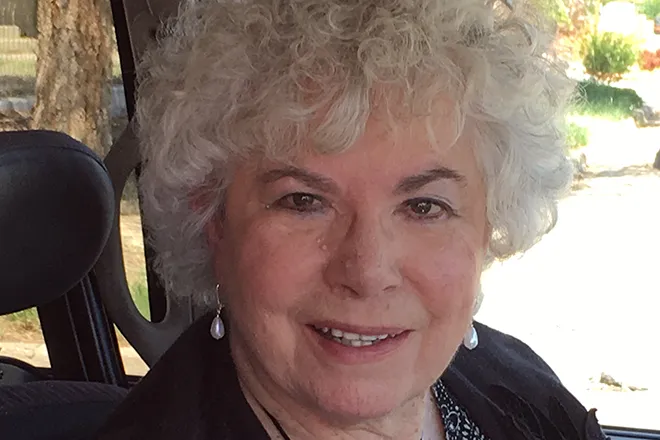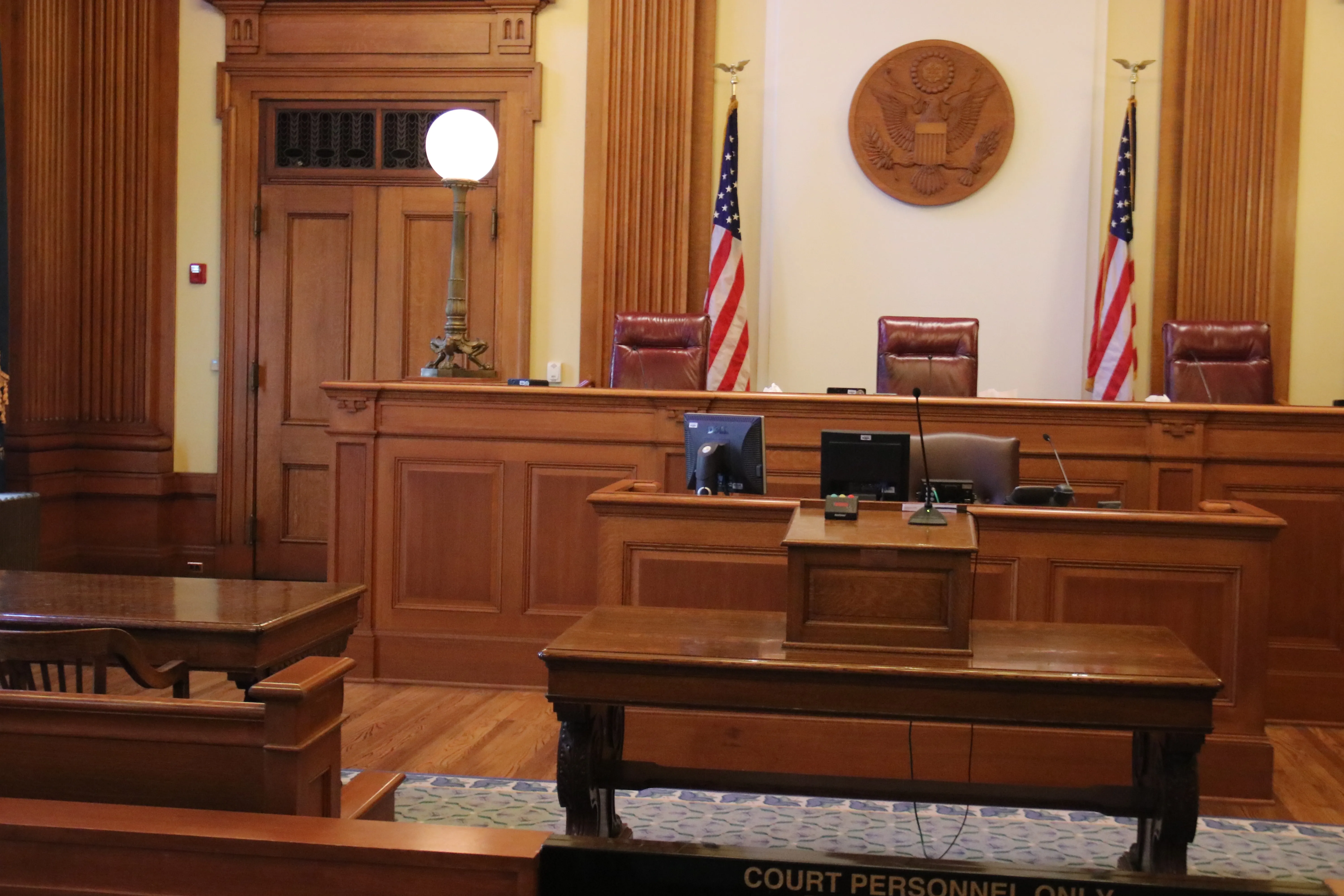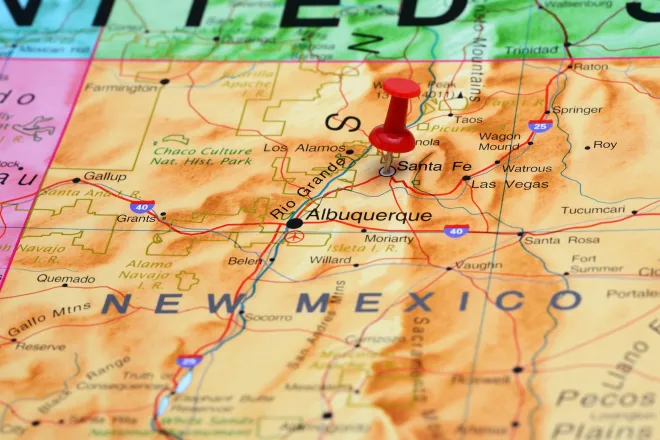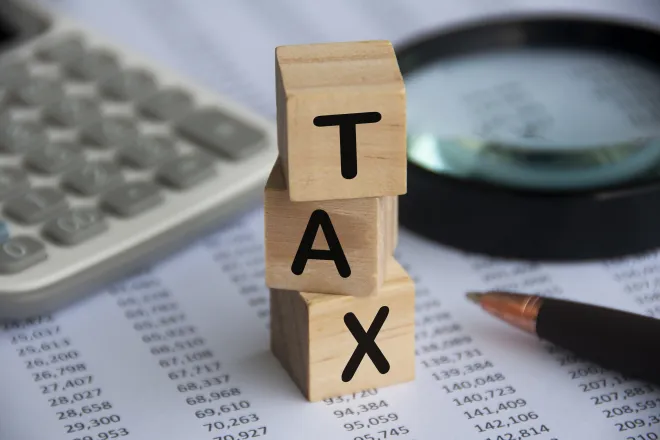
EarthTalk - What can we do to make our neighborhoods more walkable?
©
Dear EarthTalk:
What can we do to make our neighborhoods more walkable?
D.F., New York, NY
Walkability is essential for healthy communities. A pedestrian-friendly community lets residents access vital services without cars. This improves public health by encouraging physical activity, reducing pollution and easing traffic congestion. Neighborhoods designed for pedestrians also foster stronger community ties and local economies. However, many urban and suburban areas still depend on vehicles.

A significant ecological benefit of walkable communities is a reduced carbon footprint. Transportation accounts for nearly 30 percent of greenhouse gas emissions in the U.S. By designing communities that promote walking or biking for daily activities, cities can lower emissions and improve air quality. Locations that are pedestrian-friendly also encourage public transit usage. And residents are more likely to walk to the nearest bus or train stop. This reduces total traffic, enhancing safety and lowering fuel use. Moreover, cities that emphasize walkability typically allocate resources for green infrastructure, like tree-lined roads and permeable surfaces. Urban planner Jeff Speck notes, “The pedestrian is an indicator species. If you can build a successful place where people want to walk, you’ve done something right.”
A genuinely walkable area incorporates several essential characteristics. Mixed-use development, featuring residences, retail spaces, workplaces and educational institutions within strolling distance lessens the necessity for lengthy travels. Secure and inviting pedestrian features ensure that walking remains a practical choice. Measures to calm traffic, such as narrower roads and intersections designed for pedestrians, enhance street safety.
Making a neighborhood more walkable requires efforts at both personal and policy levels. Residents can encourage local authorities to allocate funds for safer sidewalks, crosswalks and areas exclusive to pedestrians. Zoning regulations can likewise be enhanced. Many suburban regions are designated for single-use development, thus separating residences from commercial activities and requiring car travel. Mixed-use zoning promotes walking—and businesses can help by setting up bike racks, offering outdoor seating, and designing shop fronts that are welcoming to pedestrians to improve the look of their areas.
A valuable resource for evaluating neighborhood walkability is Walk Score, which evaluates locations based on closeness to stores, public transit and walking facilities. Residents can use it to assess their locality or examine the walkability of prospective living locations.
Walkability extends beyond convenience; it’s an essential aspect of sustainability, public health and urban design. By enhancing pedestrian facilities, supporting smart zoning and leveraging tools like Walk Score, people can help create more pedestrian-friendly communities.
CONTACTS
- Creating Walkable, Livable Suburbs, ess-inc.com/creating-walkable-livable-suburbs/
EarthTalk® is produced by Roddy Scheer & Doug Moss for the 501(c)3 nonprofit EarthTalk. See more athttps://emagazine.com. To donate, visit https://earthtalk.org. Send questions to: question@earthtalk.org.

















